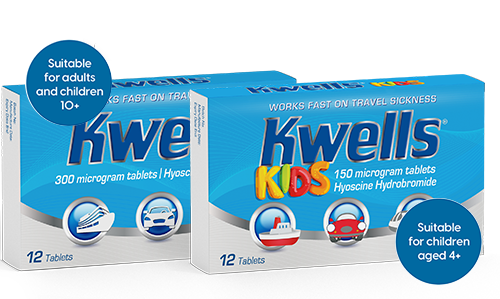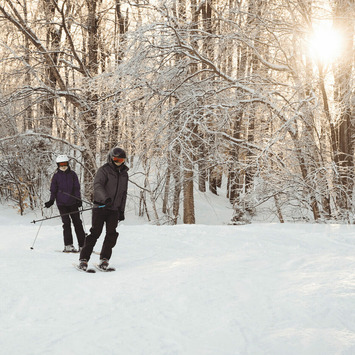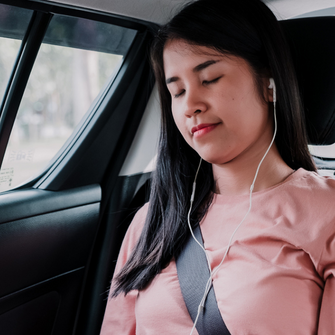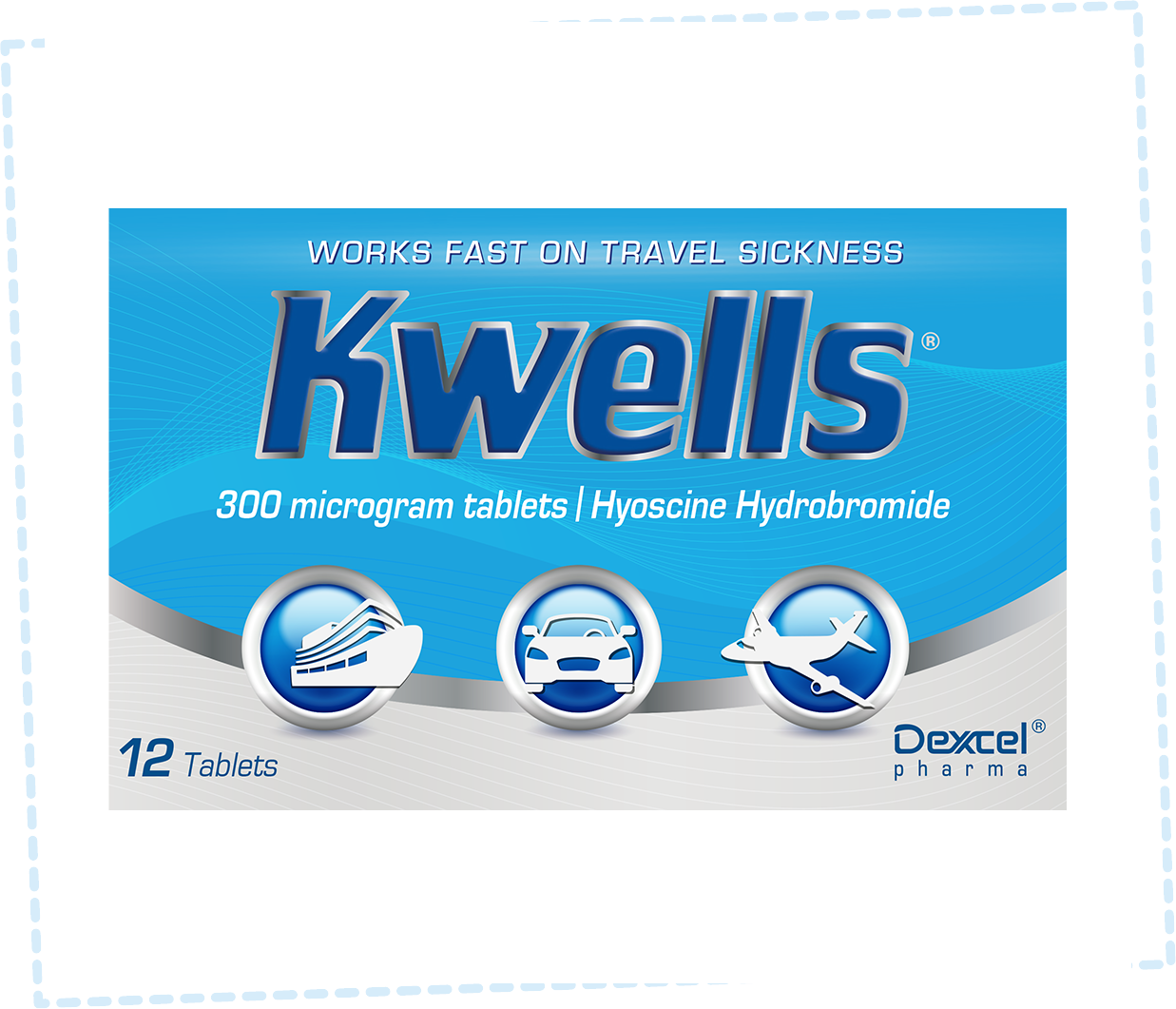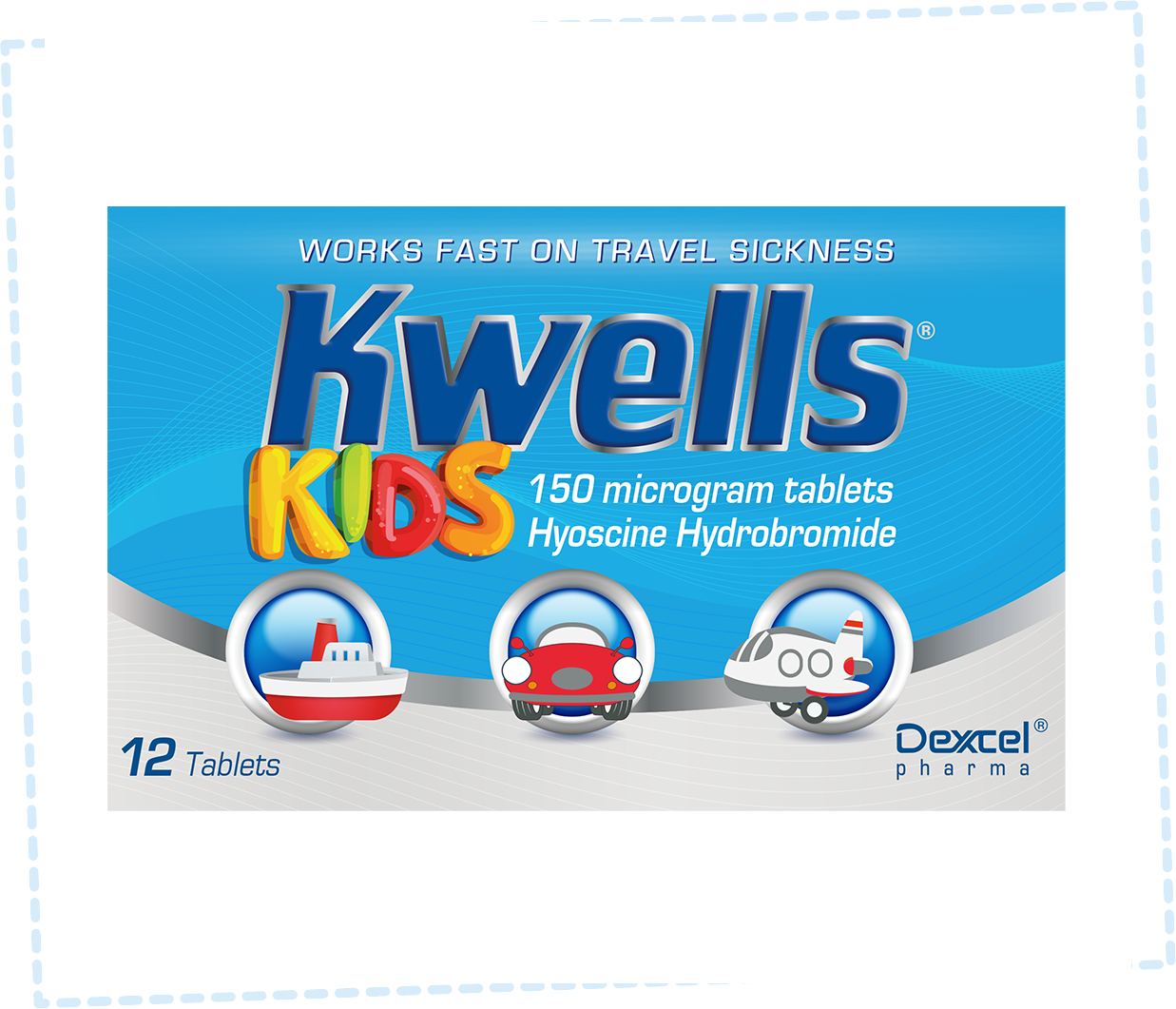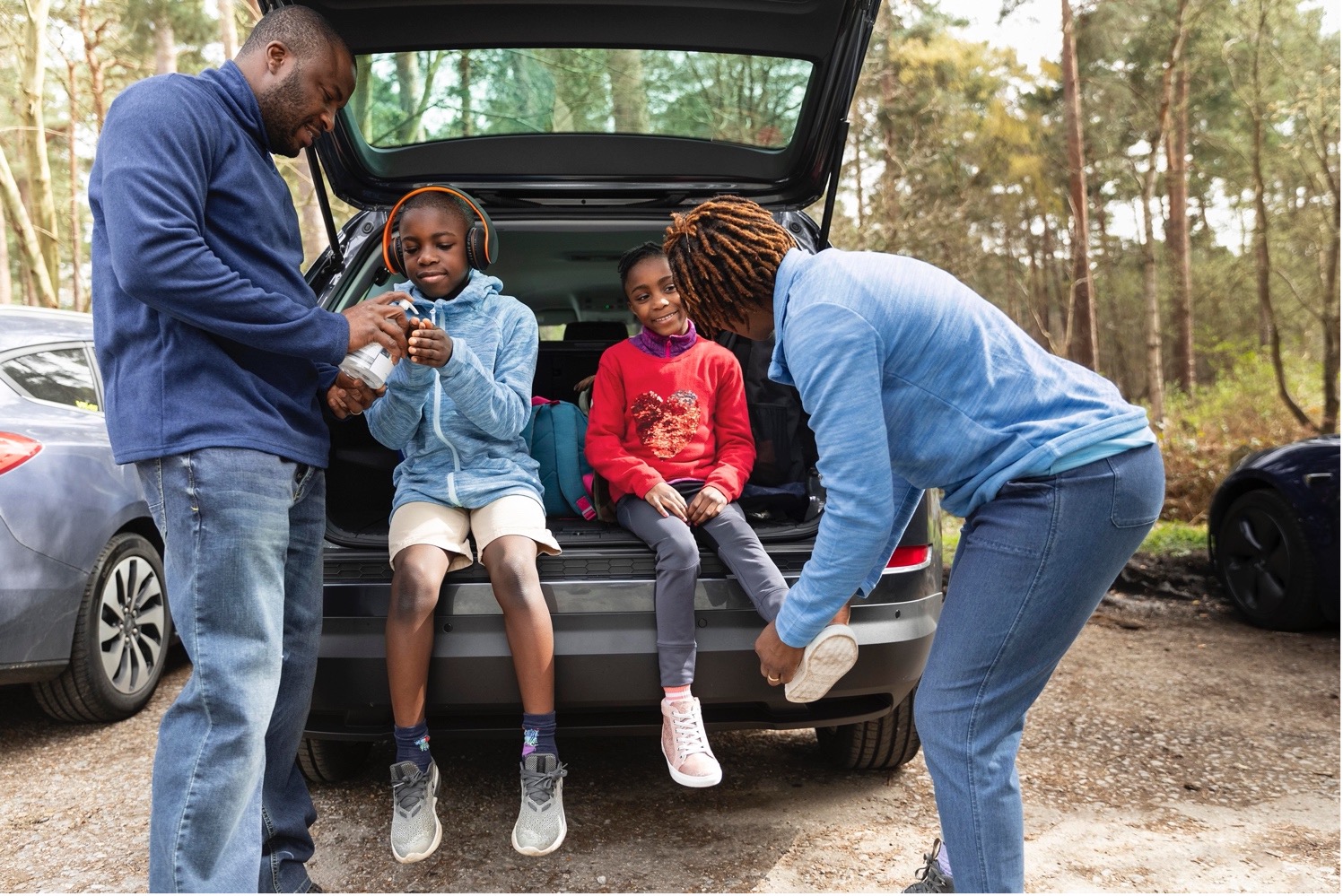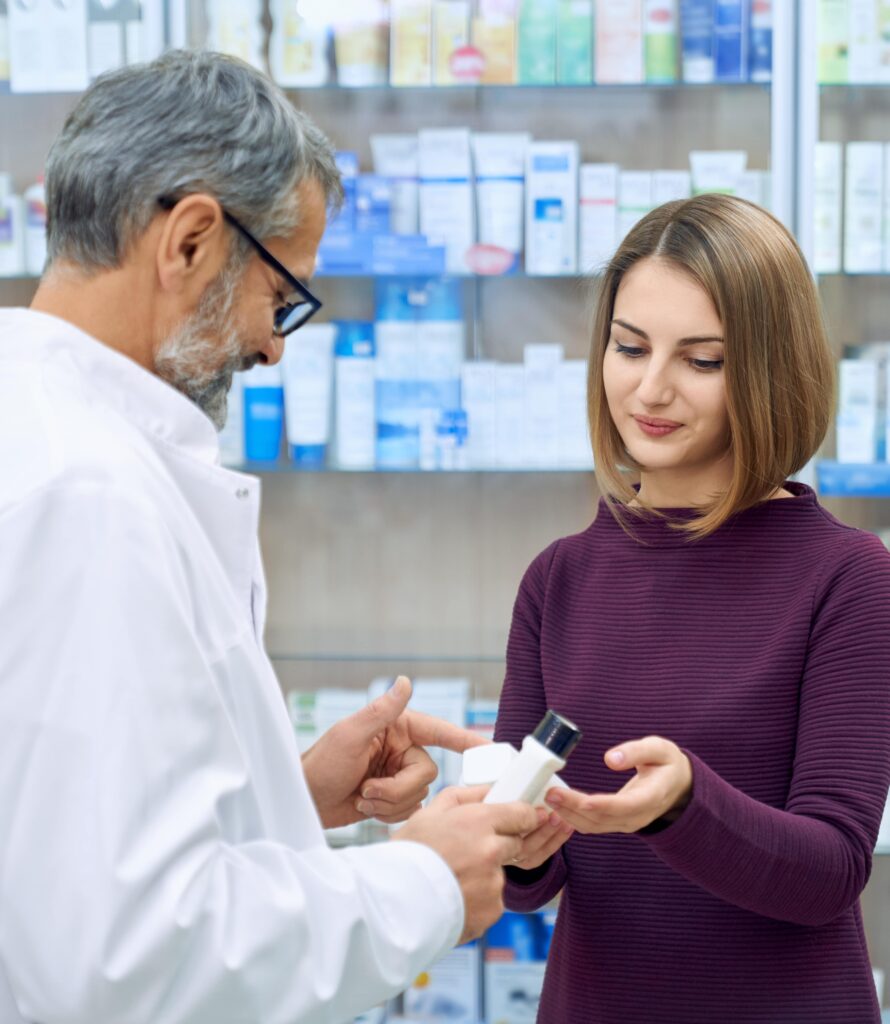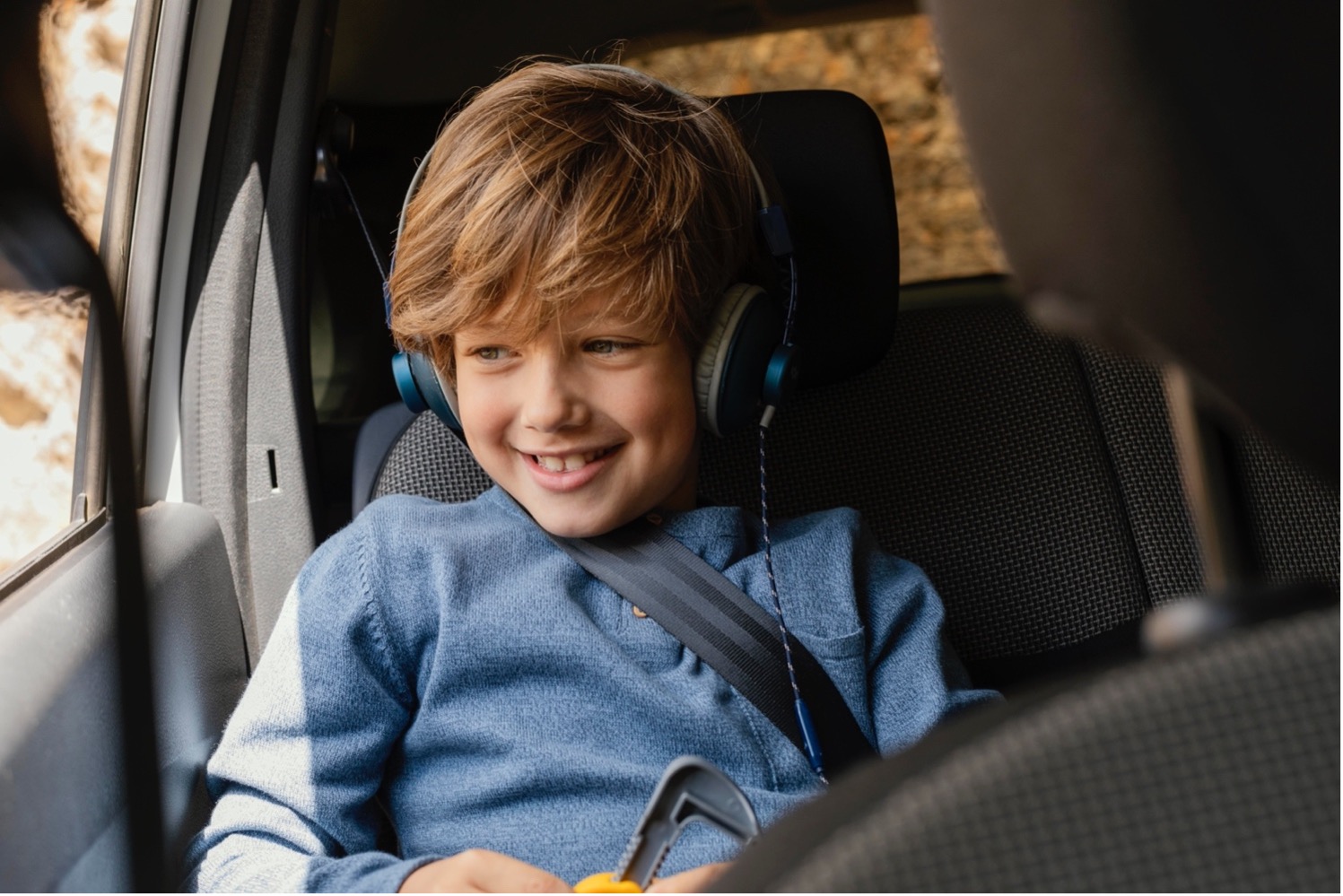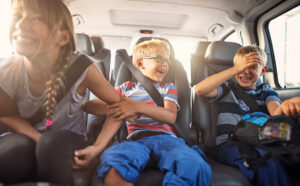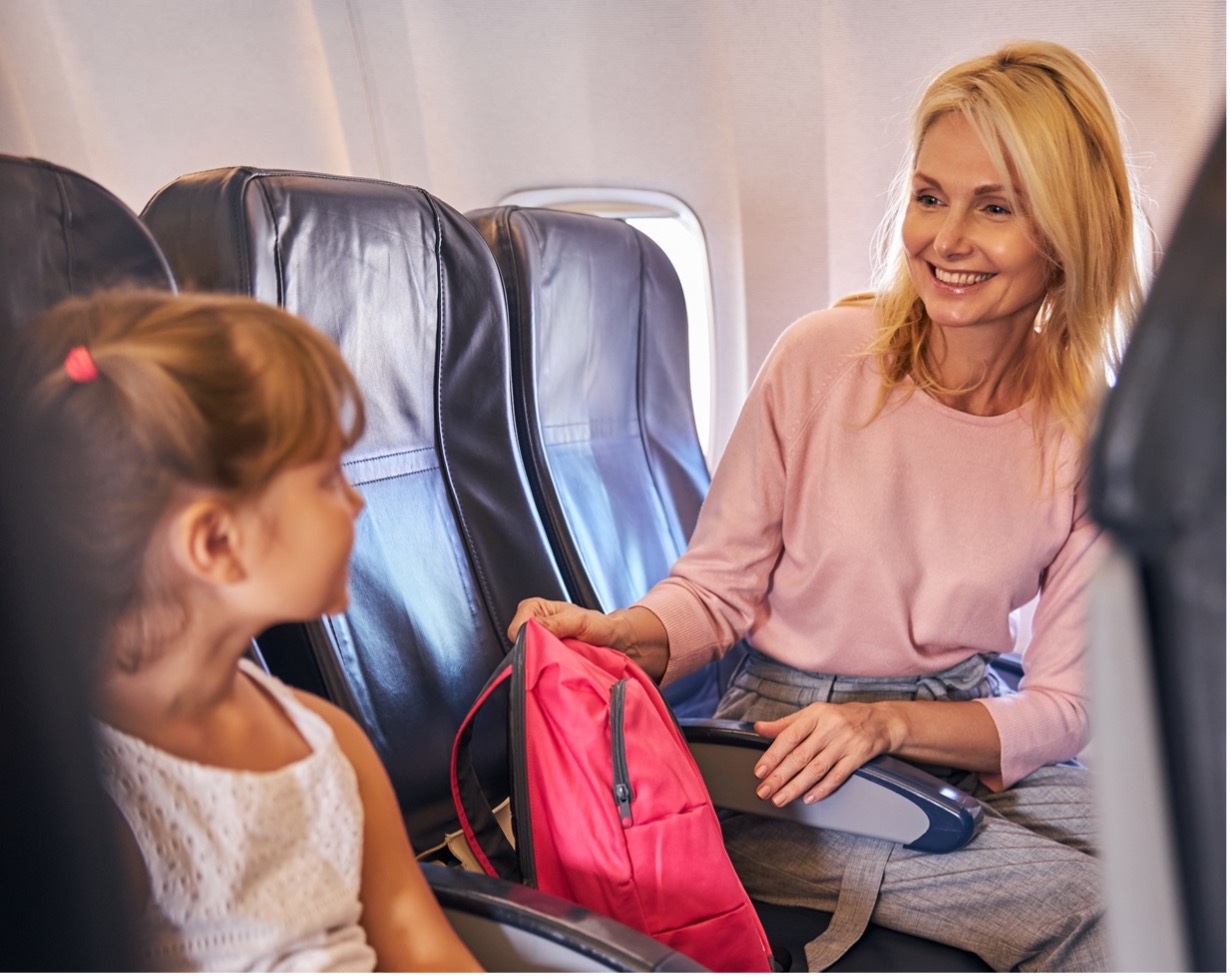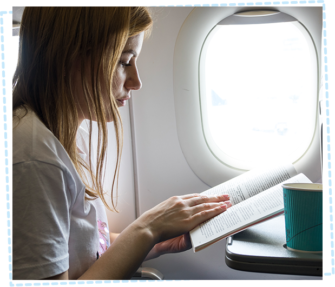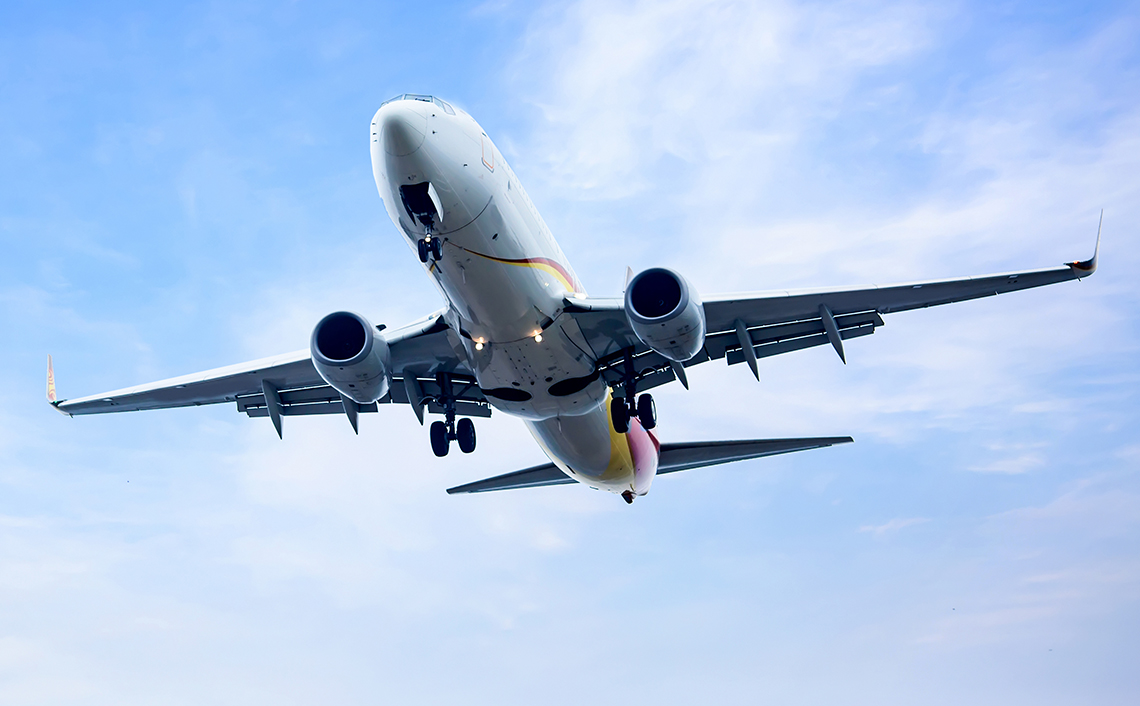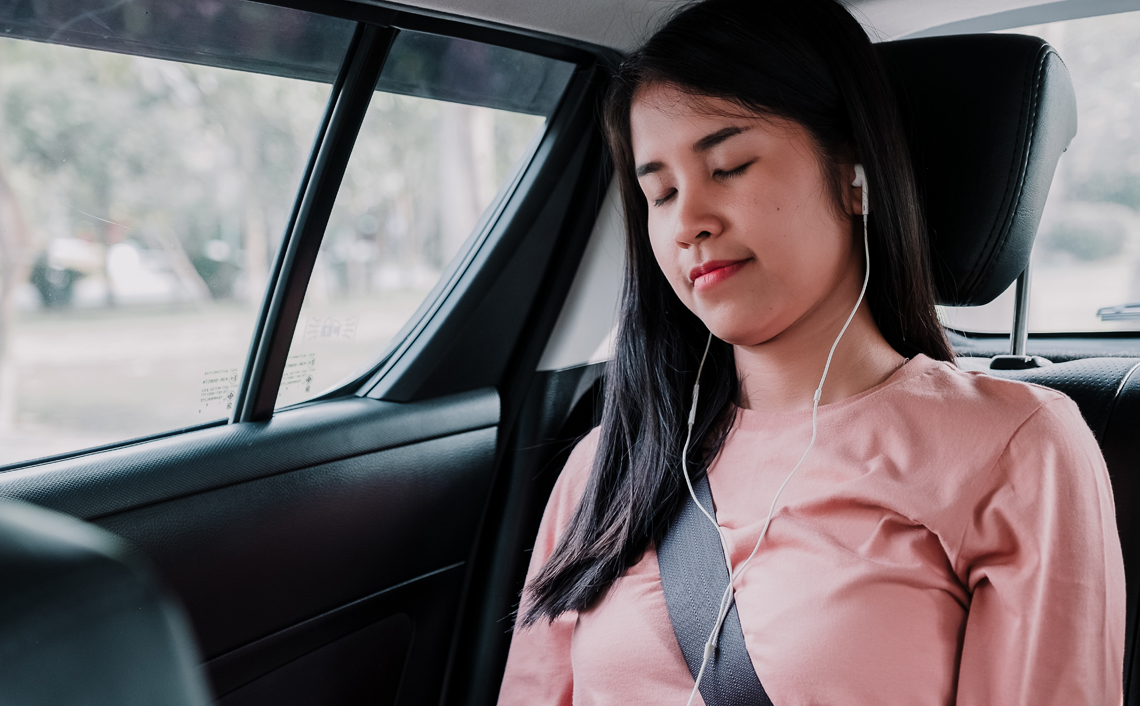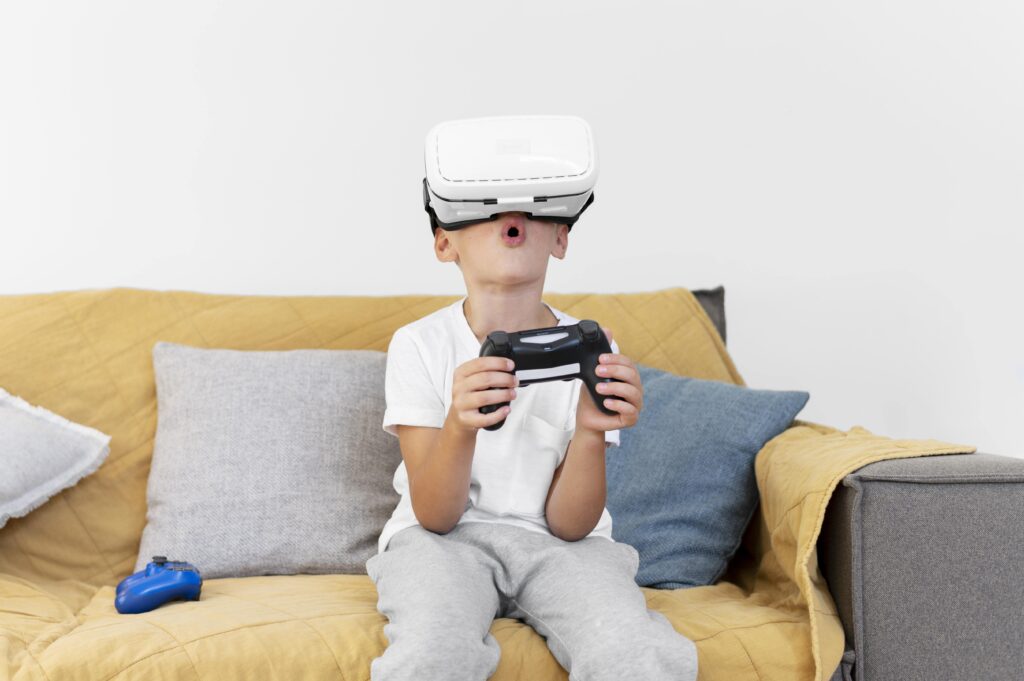Where can you buy Kwells Travel Sickness Tablets?
Travel sickness may be common, particularly in children, but while it’s comforting to know you’re not alone as a sufferer, there’s no denying it can leave a cloud over your travel plans.
Knowing help is out there if you need it and where to go for advice and over-the-counter treatments can help to reduce any anxiety around it.
We’re here to provide as much advice and support as possible because we truly believe travel sickness shouldn’t put a dampener on your journeys.
Travel sickness, also known as motion sickness, is caused by a sensory mismatch between the eyes, inner ear and the brain.
The confusing messages the brain receives – the eyes are signalling ‘we’re sat down and still’, the inner ear is sensing movement – can cause those familiar travel sickness symptoms such as nausea, sickness, headaches and generally feeling unwell.1
How to prevent travel sickness
There are some things you can try to prevent it from happening or relieve it once it starts.
These include1:
- Opting for a light carb-based meal like cereal a couple of hours before you travel – steer clear of anything too heavy, fatty or spicy.
- Where you sit, such as in the front of a car, in the middle of a boat or over the wing of a plane, can make a difference. It helps to reduce the motion.
- Get fresh air if you can, plan in stops for exercise and take refreshments such as cold water.
- Avoid strong smells such as petrol or diesel fumes where possible.
- Try not to read or look down at phones or tablets. Listen to music, an audiobook or a podcast instead.
- Closing your eyes is a good way to reduce those confusing sensory signals – sleeping is even better as it helps the brain to ignore them.
- Focus on the road ahead or the horizon – this can help the brain to understand you are actually moving!
Pharmacy advice – what to expect
If self-help tips aren’t working and you feel you’ve tried all you can, you can speak to your local pharmacist.2
Pharmacists are the high street’s healthcare experts and are often approached for advice on treating travel sickness in children – those aged two to 12 are particularly susceptible to travel sickness.3
They’ll want to know3:
- How old your child is
- Any previous history
- How you’re travelling such as car, plane, boat
- How long you’ll be travelling for
- Any medication history
If it’s you looking for a remedy, they will ask similar questions.
They’ll be able to provide information and advice on suitable over-the-counter remedies which may be able to help.

More about Kwells
Kwells 300 microgram tablets* and Kwells Kids 150 microgram tablets* contain a substance called hyoscine hydrobromide which is taken to prevent travel sickness.4
Hyoscine hydrobromide temporarily reduces the effect of movement on the balance organs of the inner ear and the nerves responsible for nausea.5 It’s understood to help block the confusing inner ear messages to the part of the brain that controls vomiting.4 It also reduces the wave-like muscle contractions in the walls of the stomach.4
Since Kwells tablets melt in the mouth, they work fast on preventing and controlling travel sickness and can be taken up to 20–30 minutes before travelling or at the onset of sickness.5 That means you can be prepared ahead of your journey whether you’re travelling by road, air or sea. If you’re planning a longer journey, one tablet – or half to one tablet for children aged four to 10 years – can be taken every six hours as required, but no more than three times in 24 hours.5
Where to buy Kwells
Kwells are available to buy over-the-counter – you don’t need a prescription – from pharmacies, both in the high street or from online retailers such as Boots, Superdrug, LloydsPharmacy and ChemistDirect.
If you decide to buy Kwells online rather than in a pharmacy store, you’ll be asked to complete a questionnaire which will be checked by a pharmacist first to make sure they’re suitable for you.
That’s because Kwells is known as a Pharmacy Medicine item which can only be bought under the supervision of a pharmacist and by someone aged 18 or over.
If you have any doubts about using Kwells tablets correctly, seek the advice of your pharmacist or doctor.
*Kwells 300 microgram tablets. For the prevention of travel sickness, suitable for adults and children aged 10+. Contains Hyoscine Hydrobromide 300 microgram. Kwells Kids 150 microgram tablets. For the prevention of travel sickness, suitable for children aged 4+. Contains Hyoscine Hydrobromide 150 microgram. Always read the label.

References:
2. https://www.nhs.uk/conditions/motion-sickness/
3. Symptoms in the Pharmacy: A Guide to the Management of Common Illness – Alison Blenkinsopp, Paul Paxton & John Blenkinsopp
Travel Happy Tips
Kwells 300 microgram tablets. For the prevention of travel sickness, suitable for adults and children aged 10+. Contains Hyoscine Hydrobromide 300 microgram. Kwells Kids 150 microgram tablets. For the prevention of travel sickness, suitable for children aged 4+. Contains Hyoscine Hydrobromide 150 microgram. Always read the label

